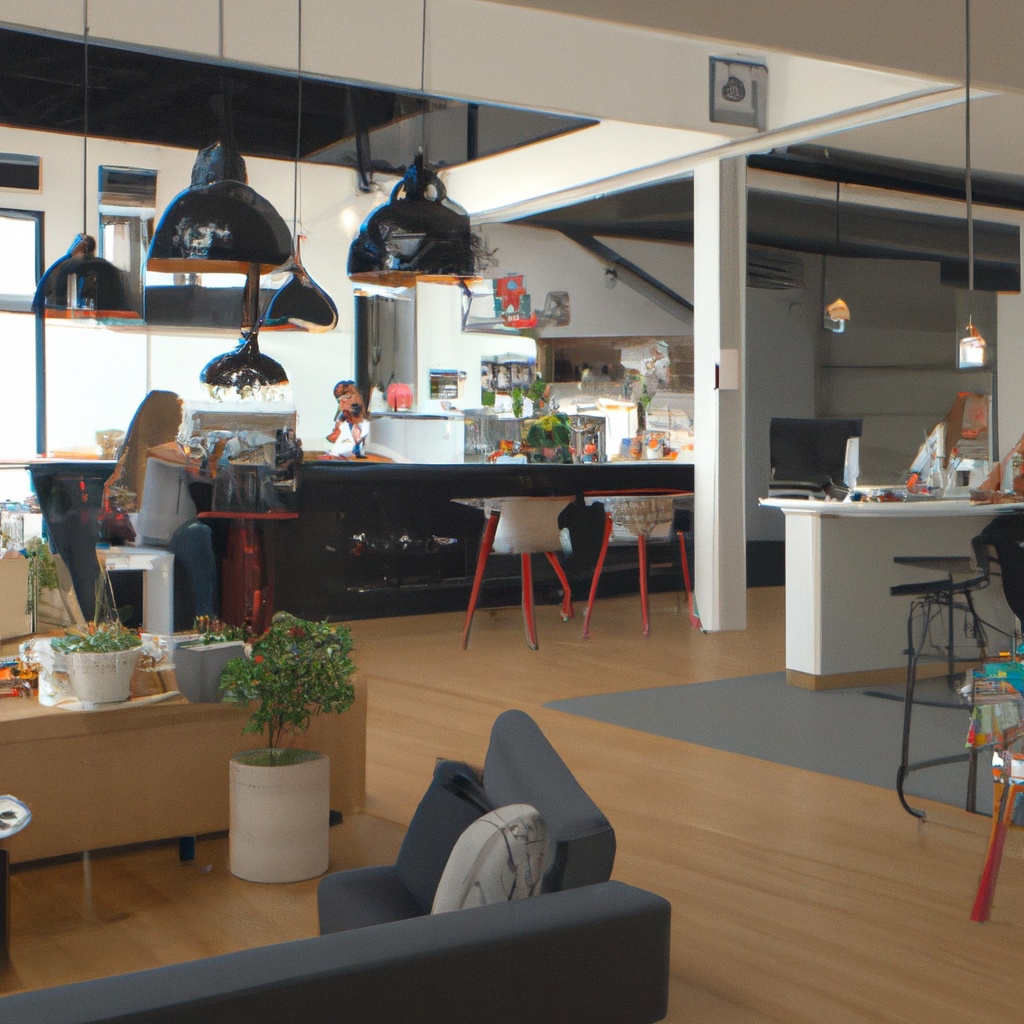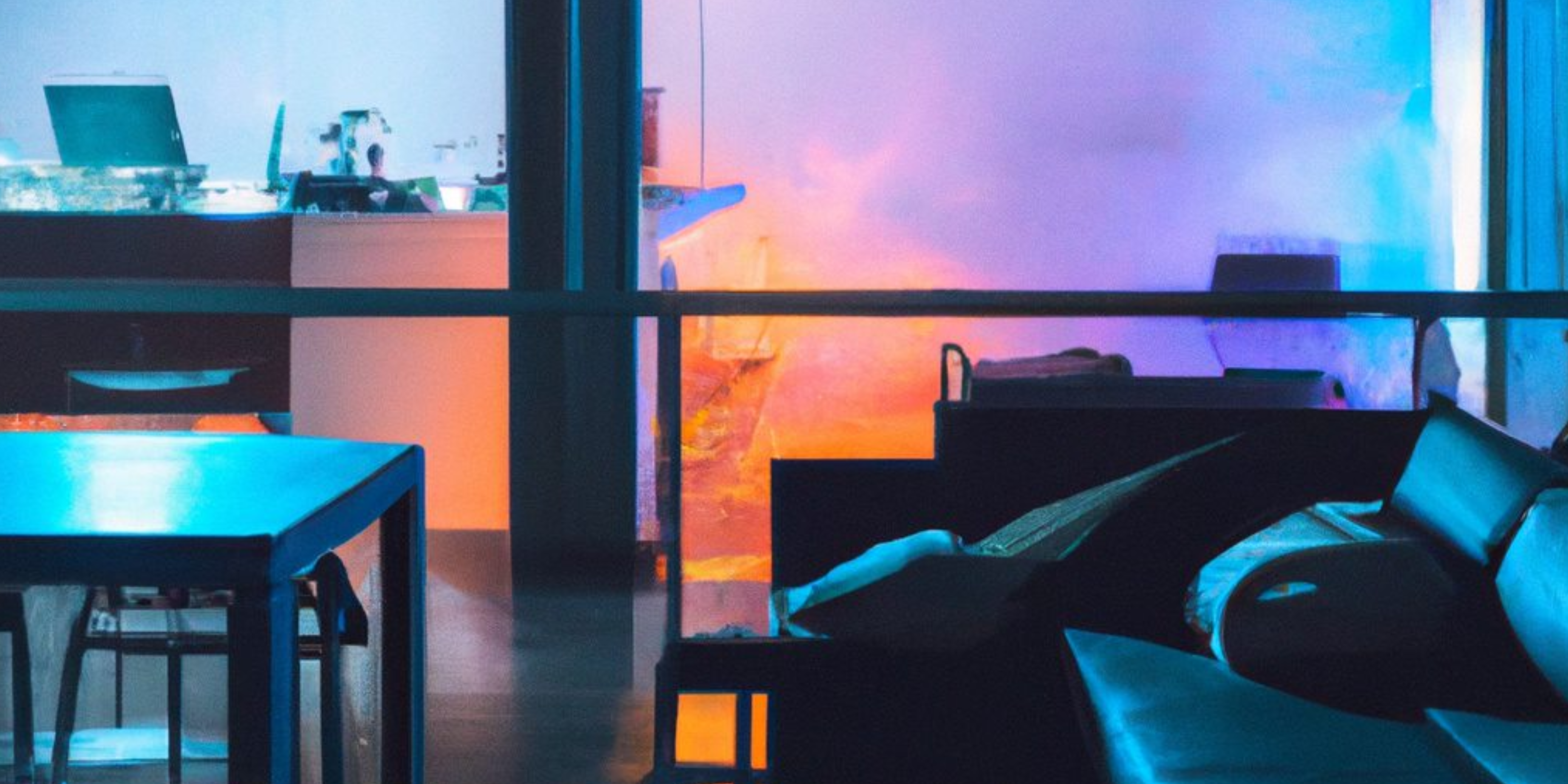Experts reflect on Generation Z and their approach to housing at Cosentino City Barcelona
Barcelona, June 15, 2023. Cosentino City Barcelona has held a talk-colloquium on Home Z with the participation of experts in design, architecture, and art. The session was organized by the Silestone Institute, which has prepared the report “Hogar Z. The home of the future of generation Z in Spain”.
Generation Z, also known as the millennial generation or the “zoomers” has grown up in an increasingly digital and connected world which has shaped the way they interact, learn and perceive the world. They are a generation full of contradictions that are reflected in their relationship with technology, focus on diversity and sustainability as well as uncertainty about the future or preferences in housing. These contradictions can also be a source of growth and change.
Architect Marta Benedicto, interior designer Xavier Franquesa, textile artist Xavier Safont, design trends researcher Marisa Santamaria and Santiago Alfonso VP of Strategic Communication and Corporate Reputation at Cosentino, have come together to reflect on the housing of the future for Generation Z. These are some of their conclusions.
More functional and versatile housing with a stronger link to the community
“Generation Z youth need more ambiguous spaces that can be repurposed for different uses. They need to be interconnected spaces that allow for greater versatility and utilization.” “There is a tendency to create engagement with the neighbourhood by designing community spaces that can be opened up and form part of a community. Col living spaces are appearing that bring another value to the home, while the part dedicated to housing itself is a more confined place,” explains Marta Benedicto.
Sustainability is part of the Z DNA
Sustainability has become an integral part of their DNA, adopting sustainable purchasing practices, and promoting water- and resource-saving habits, even influencing their parents and grandparents. “Sustainability among young people is systemic and embedded in their DNA. They buy second-hand and have taught their parents and grandparents to turn off the tap,” says Marisa Santamaría.
Craftsmanship is taking the place of art
Craftsmanship is acquiring greater relevance to the detriment of art. It is seen as a unique object. There is a restlessness to know where materials come from and to know how objects are created.
“There is a trend towards “do it yourself” also that is noticeable among the young people of this generation, who find satisfaction in creating with their own hands” Indicates Josep Safont.
Young designers are versatile and find solutions very quickly
Generation Z receives and processes information differently because of their different mental approach. To fully understand them, you need to be in sync with Gen Z, with their way of thinking.
“Young Zs need to be highly stimulated to get involved in projects. Specifically, young Gen Z designers are very versatile and have a great ability to find quick solutions. Although there is a lack of deeper thinking in their projects, they are capable of achieving surprising results.”
A generation ready and willing to share
Generation Z is expected to represent 27% of the workforce by 2025 and 30% by 2030, making them a demographic of great relevance for the future. They are a ready generation that cares about knowing more about every little thing.
“The Home Z report prepared by the Silestone Institute has been of great use in the field of human resources at Cosentino to understand the characteristics and preferences of this generation. Conciliation and work-life balance occupy the first level of priorities for young people of this generation, who see work to live and value having control and mastery over their lives” says Santiago Alfonso.

